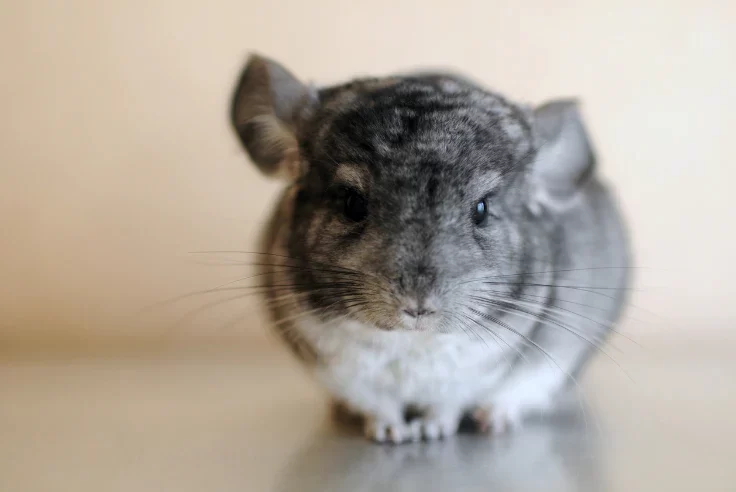How to Help a Pet Chinchilla with Heatstroke: Essential Tips for Pet Owners
- 1. Understanding Heatstroke in Chinchillas
- 2. Preventing Heatstroke in Chinchillas
- 3. Recognizing the Signs of Heatstroke
- 4. How to Help a Chinchilla with Heatstroke
- 5. When to Contact a Veterinarian
1. Understanding Heatstroke in Chinchillas
Chinchillas are naturally adapted to cool environments due to their thick fur coats. This makes them highly susceptible to heatstroke, a serious condition that can be life-threatening. Heatstroke occurs when a chinchilla's body temperature rises above normal levels due to excessive heat, poor ventilation, or inadequate cooling. As a responsible pet owner, it's important to recognize the risks and take preventive measures to keep your chinchilla safe.
2. Preventing Heatstroke in Chinchillas
Preventing heatstroke is key to maintaining your chinchilla's health. Here are a few tips to avoid the danger of overheating:
- Ensure your chinchilla's living space is kept in a cool, well-ventilated area. Avoid placing the cage in direct sunlight or near heat sources.
- Provide plenty of fresh water and offer cooling options like ceramic tiles or cooling pads for them to rest on.
- Avoid long exposure to hot temperatures, especially during summer months, as chinchillas thrive in temperatures between 60°F to 70°F (16°C to 21°C).
3. Recognizing the Signs of Heatstroke
It's crucial to spot the symptoms of heatstroke in its early stages. Some of the most common signs include:
- Rapid breathing or panting
- Lethargy or weakness
- Drooling or excessive salivation
- Reddened ears, nose, or mouth
- Disorientation or difficulty moving
If you notice any of these signs, it's important to act quickly to avoid further complications.
4. How to Help a Chinchilla with Heatstroke
When you suspect your chinchilla is suffering from heatstroke, immediate action is necessary. Here's what you can do:
- Move your chinchilla to a cooler, well-ventilated area immediately.
- Offer cool, but not cold, water to rehydrate your pet. Never dunk them in ice water, as this could shock their system.
- Gently cool your chinchilla by offering a chilled ceramic tile or placing them in front of a fan.
- If your chinchilla's condition doesn't improve quickly or if you're unsure, contact your veterinarian as soon as possible.
5. When to Contact a Veterinarian
If the heatstroke symptoms persist or worsen, you must contact a veterinarian immediately. A qualified veterinarian can provide professional treatment, including intravenous fluids, cooling therapy, and medications to support recovery. Don't hesitate to seek professional care, as heatstroke can be fatal if left untreated.
By following these tips, you can help protect your chinchilla from heatstroke and ensure they stay happy and healthy. For more expert advice on chinchilla care, visit Hidden Brook Veterinary.










